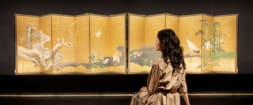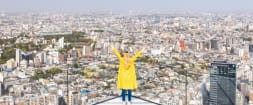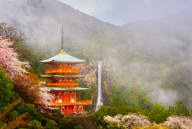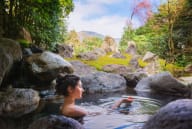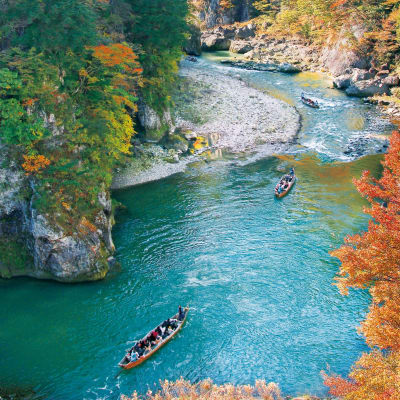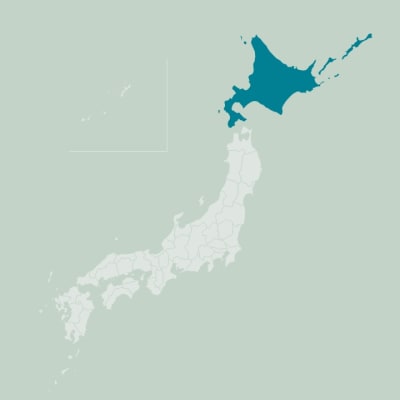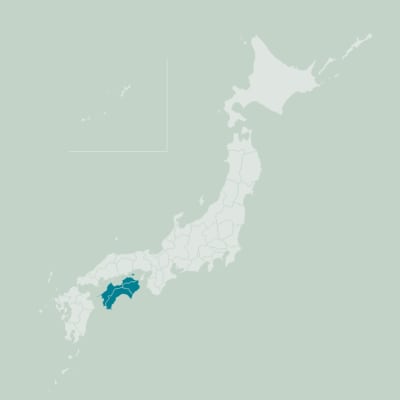©NPTA
Exploring Christianity’s Complex History in Japan
Discover the world of the Hidden Christians and a time of prohibition
Christianity has had a turbulent history in Japan dating all the way back to its introduction by Portuguese missionaries in the mid-16th century on Kyushu Island. First accepted by some of the local warlords, in 1612 the religion was officially banned in the country, with believers fleeing to remote areas in Kyushu and out onto the Goto Islands, northwest of Kyushu, to escape rather brutal persecution.
This history was the basis for novelist Endo Shusaku’s Silence, which highlights both the entry into Japan of Christianity and the later persecution suffered by believers. In turn, director Martin Scorcese made the 2016 film Silence based on the novel. Scorcese traveled to the key locations in Kyushu mentioned in the book before making the movie (though, due to budget concerns, the film was actually shot in Taiwan).

You, too, can follow in the footsteps of the characters in the book and movie through the Silence tour. It covers five of the significant locations noted for the “Hidden Christians,” the believers who went underground while still continuing their beliefs: Tomogi village (Sotome), Nagasaki, the Shimabara Peninsula (site of a Christian revolt), Hirado, and the Goto Islands. In 2018, UNESCO recognized 12 sites in the Nagasaki area linked to the Hidden Christians as World Cultural Heritage sites.
A fascinating history comes alive in this tour through some beautiful and culturally rich areas of Japan.
Access: From Hakata Station, take the Kyushu Shinkansen to Nagasaki Station (about one hour 20 minutes), then take the tram to Dejima Station (about 10 minutes).
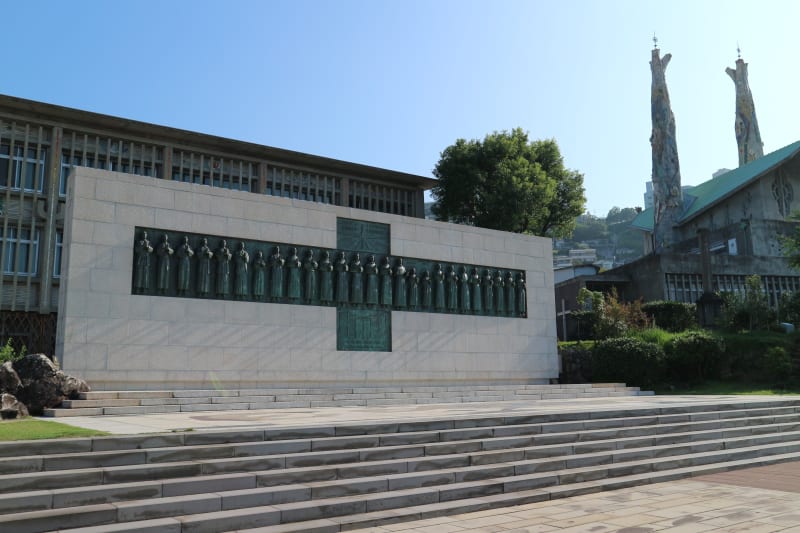
"Hidden Christian Sites in the Nagasaki Region" Information Centre
| Address |
Dejima-Wharf 2nd floor, 1-1-205, Dejima-machi, Nagasaki-shi, Nagasaki-ken |
|---|---|
| Duration | Approx. 8 hour or more |
| URL |













